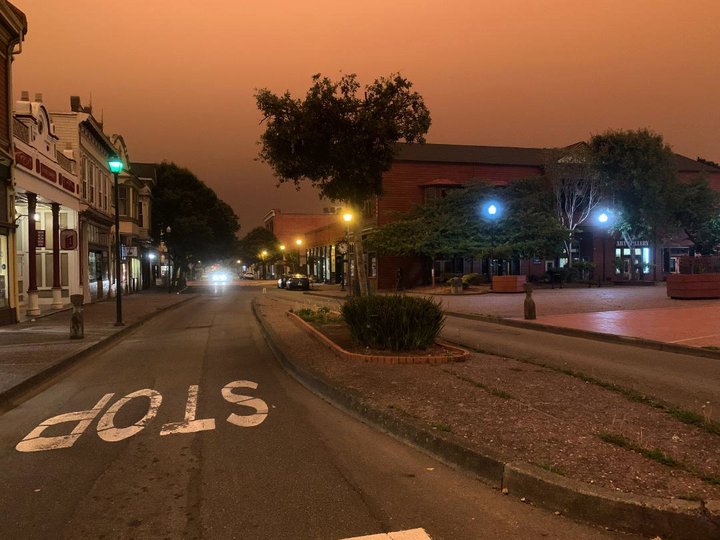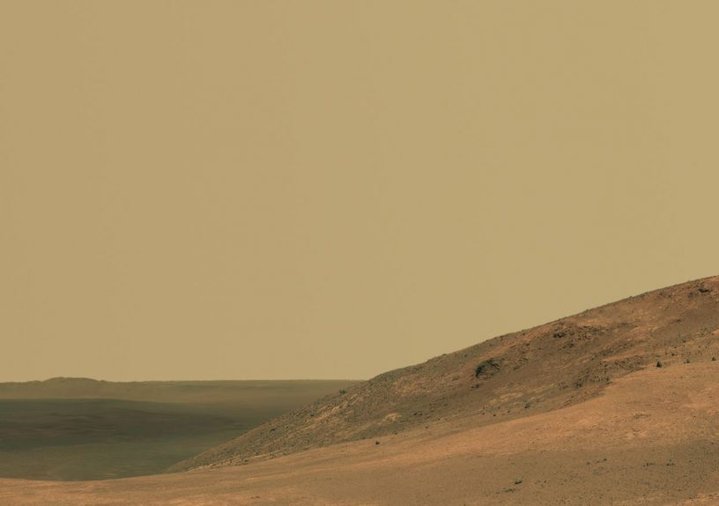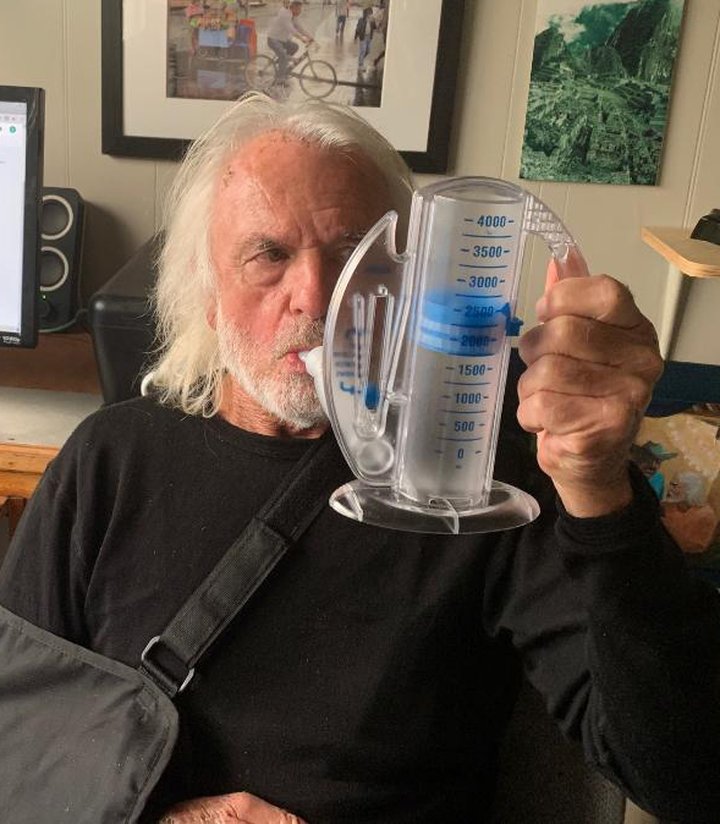
Wednesday morning, in the ochre gloom here in Old Town, I had the totally original thought, “This is what it must be like on Mars.” A few dozen FaceBook posters had the same original thought. (I know, duh.) Turns out, it’s not that much of a match. Recall the sky’s usual blue color (caused by Rayleigh scattering) changes to reddish near sunrise and sunset, when sunlight has to travel through more of the atmosphere than, say, at noon. Smoke particles from fires have the same effect, only more so. Here’s how NASA explains it:
“…smoke particles from the fires allow sunlight’s longer wavelength colors like red and orange to get through while blocking the shorter wavelengths of yellow, blue and green. Those longer wavelengths give the sky a red or orange tinted appearance.”
Or here’s my more prosaic explanation.
So … Mars? The Martian atmosphere isn’t really pinkish-red (despite pre-Voyager speculations). It’s usually described as “butterscotch.” Like in this Opportunity image:

Rayleigh scattering in the thin atmosphere of Mars doesn’t amount to much. Instead, fine dust particles—mostly consisting of the iron oxide magnetite (Fe3O4)—causes sunlight to be selectively scattered towards the longer-wavelength red end of the spectrum. Also, sunlight on Mars is on average much weaker than on Earth (if you want to get technical, 590 watts/square meter compared to about 1000 W/m2 here), never getting brighter than the intensity of Canadian winters. So Matt Damon and his background would really be (i) less orange and (ii) a lot dimmer. (Here’s my review of the flick.)

Changing gears: I’m recovering from a bike accident two weeks ago—musta hit a rock or branch on the Newton Drury* Parkway though the Prairie Creek Redwoods, bringing to an abrupt end 73-odd years of comparatively benign cycling, starting at age five. Three broken ribs, busted clavicle, wounds all over. No recollection of what actually happened; 18 units of morphine in the ambulance and in emergency probably added to my memory loss of the event. The main problem, as it turned out, and why I spent five days in St. Joe’s (awesome care), was a punctured lung. (Protip: don’t never, if you can possibly avoid it, have a chest tube inserted—excruciating!) (I shouldn’t complain, it did the trick.)
* Newton Bishop Drury (1889 – 1978), fourth director of the American National Park Service, executive director of the Save the Redwoods League.
So last Thursday, after decades of being a blood-donor pariah, having spent too much time in the UK to qualify (due to foot and mouth disease there), I checked in with the bloodmobile folks, having heard that the rules had recently been relaxed. Yup, I’m good to go, yay! But not today, I explained that I’m in recovery. “What happened?”…and then, re the lung, “Did they give you an incentive spirometer to encourage deep breathing?” “Yeah, I’m up to 2500!” I had previously tried to explain the magnitude of this achievement to non-medical folks, without success. But this guy got it: 2500 ml is a Big Deal when you can inhale that deeply after a collapsed lung. His cheer made my day.

###
And finally: I’m a fan of theoretical physicist Sabine Hossenfelder, who has a huge following on YouTube for her down-to-earth explanations of everything from black holes to flat-earth science. Rather than try to explain her recent clip Is COVID there if nobody looks? which discusses quantum mechanics’ “measurement problem,” I invite you to watch this in order to fully savor her priceless line, “So when Donald Trump claims that not testing people for COVID means there will be fewer cases—rather than just fewer cases you know about—then that demonstrates his deep knowledge of quantum mechanics.”
CLICK TO MANAGE